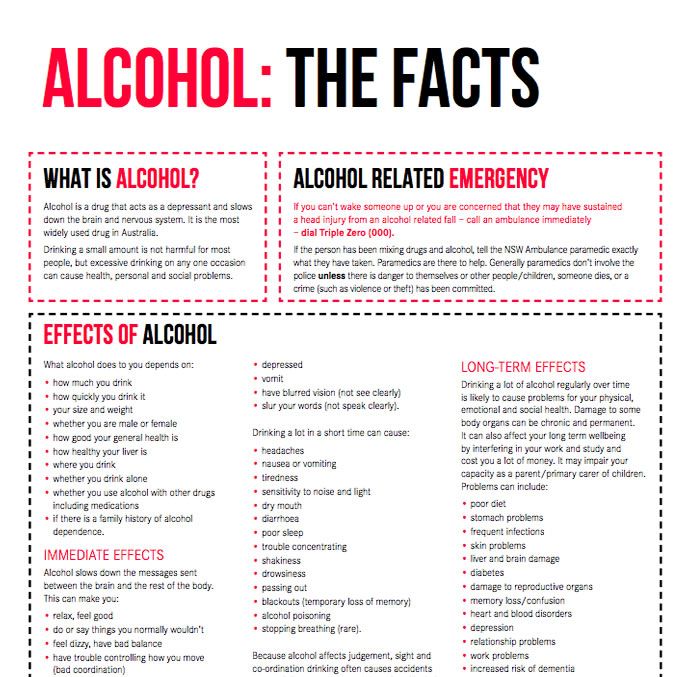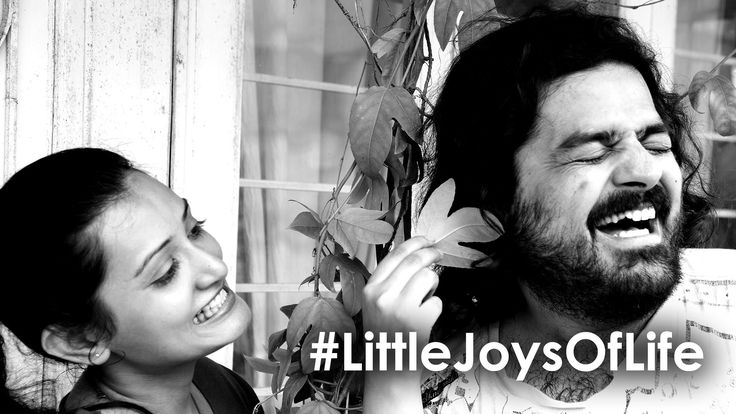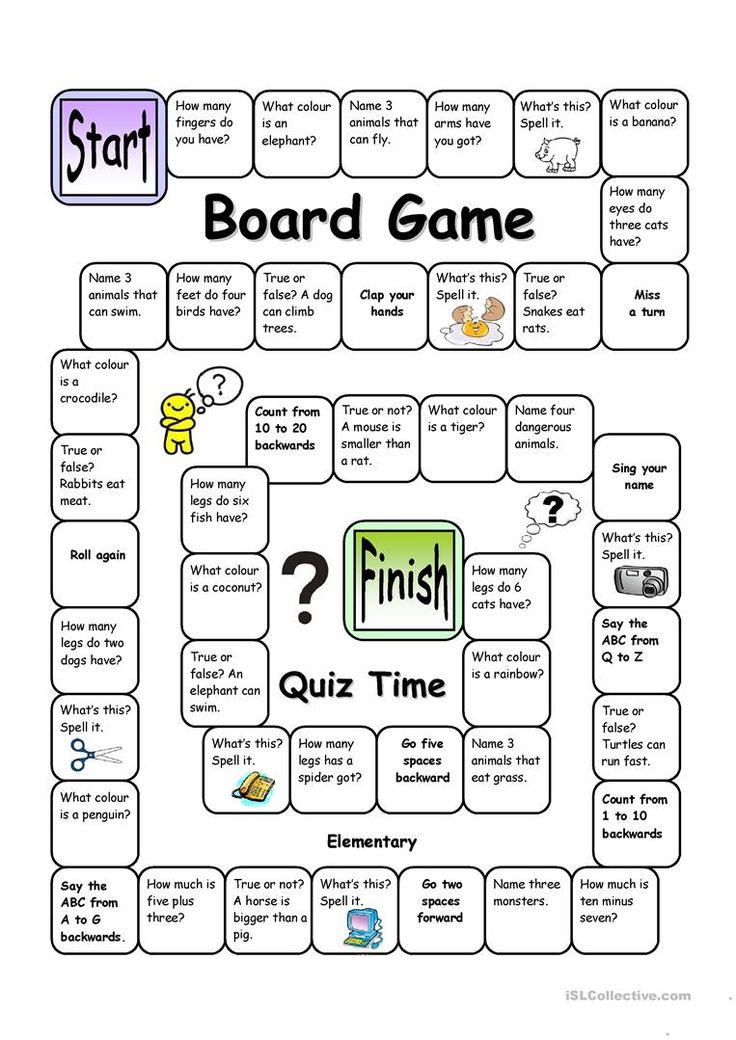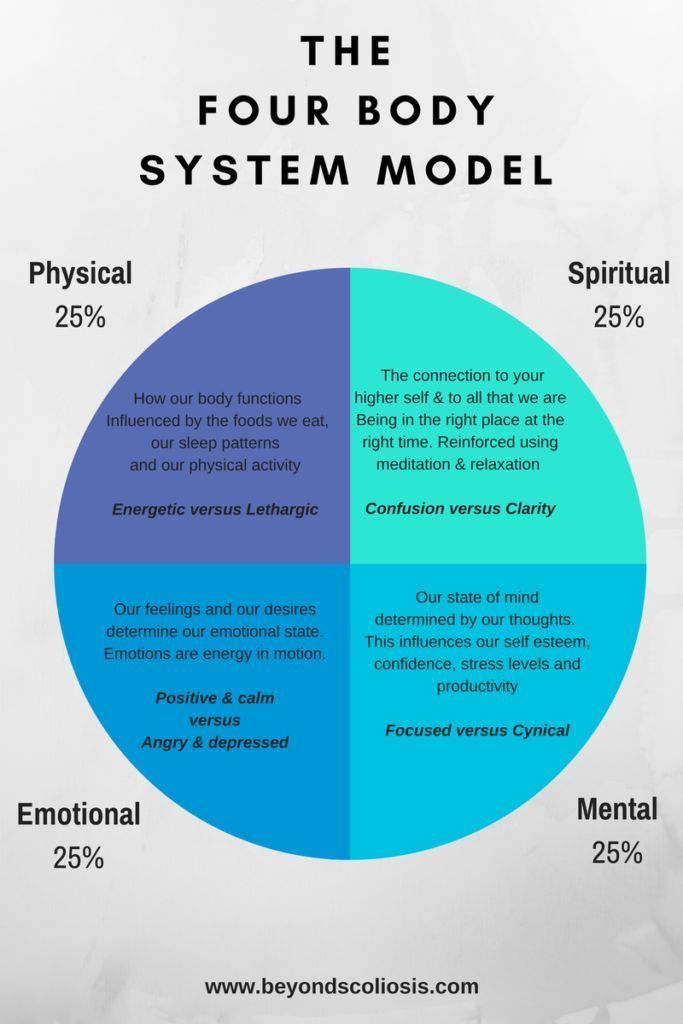Observing your thoughts
Learning How to Observe Thoughts - Living the Mess
One of the foundations of inner peace for me is realizing that I am not my thoughts. In order to do that, though—and this is pretty much the core of everything I practice and write about—I had to learn to observe my thoughts, to recognize that the thoughts exist on their own plane, and that thoughts weren’t the same as me.
When I first began this journey to find inner peace without medication, learning to observe my thoughts seemed impossible, like peeling that last slippery layer of film off an onion. I was my thoughts; my thoughts were me. I was so identified with my mind that I was barely aware of thoughts as something separate. The only time I had ever noticed them before were times when songs wedged themselves in my mind on a loop, often with lyrics that brought to light what I was really feeling (“Why Do Fools Fall in Love” was pretty much on endless repeat in my 20s and 30s).
I understood theoretically that believing my thoughts caused me pain, and so I was determined to learn this sleight-of-attention trick.
Unlike many people, I didn’t begin with meditation. I did meditate, but ‘catch the thought’ expanded far beyond that, into a full-time game. I remember walking around downtown, my head cocked slightly to the side, not unlike a dog listening for a particular sound. It seemed like so much effort to separate my thoughts from ‘me.’ I kept trying to visualize who it was that was observing the thoughts, and where it was that the thoughts were appearing, and then I’d visualize the different layers of ‘thought’ and ‘me.’
At first, I’d notice I was thinking in places where, generally speaking, thinking wasn’t required. Like the shower. Then I’d “listen” to the thought and note that it was just a thought.
Thoughts Just Happen
Thoughts, like breathing, can either be deliberate or automatic. Just as we can breathe deliberately, we can choose to think about a certain problem or situation. This is one of the gifts of being human. But when the mind isn’t focused, thoughts come up anyway.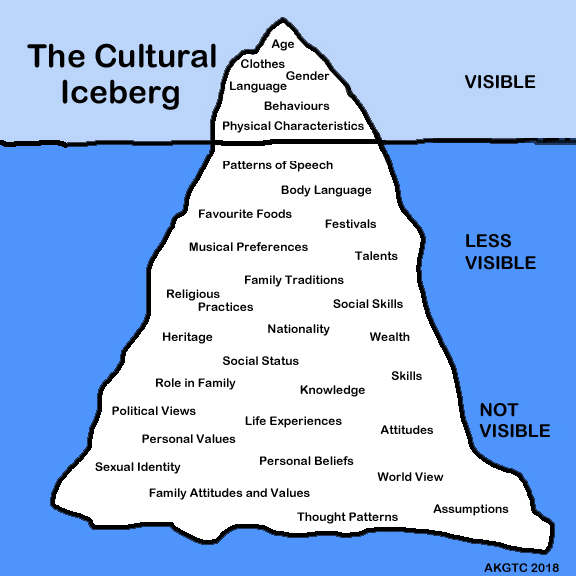 This is one of the challenges of being human.
This is one of the challenges of being human.
In my experience, thoughts only subside when we’re completely present to the sensations of a given moment. The feel of a warm breeze or cold rain on the skin, the sounds of birds or buses or people; the smells of pine or fuel or wet dog. (My point is, the sensations don’t have to be thinks we consider ‘positive’)
Moments of awe can stop the mind, too (yet another reason to seek out experiences of awe, whether in nature or through art), usually because the sensory experience is beyond the mind’s comprehension.
The cool thing is that awe is all around us, if we know how to look. Just look deeply at a flower blossom or pinecone, or make eye contact with an animal. Savor the colors of a brilliant sunset, or look at the intricate perfection of a newborn baby’s hand.
Becoming Familiar with Thoughts
Almost everybody thinks all the time. Those of us whose brains are wired differently tend to have five full-blast firehoses of thoughts going simultaneously. Yet when we identify with the stories in our minds, we imagine them as facts, as parts of ourselves, rather than as ephemeral moments that will pass on their own, just like spring breezes or clouds in the sky.
Yet when we identify with the stories in our minds, we imagine them as facts, as parts of ourselves, rather than as ephemeral moments that will pass on their own, just like spring breezes or clouds in the sky.
This is where meditation really does help. I began meditating without any real knowledge of how to meditate, and for me, the goal was stopping the thoughts by becoming fiercely present, because the thoughts were causing so much pain (“I’m a loser.” “Nobody’s ever going to hire me again.” “I’ll wind up living on the street.”). I would sit and focus intensely on the sensations of smell and sound, as well as tactile experiences, like wind on my arms.
Practicing presence within meditation did help, but I couldn’t always stop my thoughts. They were forceful. The vast majority of meditation teachers will say that it’s not about stopping thoughts, but learning to observe them. To notice that the mind goes into certain looping patterns (some teachers have even identified a Top 10 Greatest Hits). This is fear. Here’s anger. Oh, there’s worry again. Hey, jealousy (yes, that’s a Gin Blossoms reference). Ooh, a fantasy! They all pass. The more practice we have in noticing that these thoughts (and the feelings they create) do pass, the more able we’ll be to recognize them in our day-to-day lives without acting on them. They’re just thoughts.
This is fear. Here’s anger. Oh, there’s worry again. Hey, jealousy (yes, that’s a Gin Blossoms reference). Ooh, a fantasy! They all pass. The more practice we have in noticing that these thoughts (and the feelings they create) do pass, the more able we’ll be to recognize them in our day-to-day lives without acting on them. They’re just thoughts.
One of the most challenging times for me is when I first wake up. I often have multiple streams of thoughts pouring through my mind, many of which are completely irrelevant to my present life. Like, one day last summer, I woke up thinking about cadmium poisoning in Cadbury chocolate. I can’t remember the last time I even ate a Cadbury chocolate. Other times, especially during difficult times, I’ll wake up in a panic, worrying about paying bills or finding new clients. From what I understand, this is much more common than the cadmium issue.
Six and a half years of practice in observing my thoughts helps immensely during those early-morning freak-outs. Maybe it’s that the thoughts are so painful, it quickly reminds me what I need to do. Come back to presence. Feel my breathing. Feel my hands and feet. Remind myself that these are just thoughts, not objective reality.
Maybe it’s that the thoughts are so painful, it quickly reminds me what I need to do. Come back to presence. Feel my breathing. Feel my hands and feet. Remind myself that these are just thoughts, not objective reality.
It’s a Practice, Not a Perfection
Yet there are far more times, on balance, during a day when I’m not aware of my thoughts than when I am. When the circumstances of my life are comfortable or pleasant, I’ve even been known to forget to notice my thoughts entirely, except when I’m meditating. That’s a real shock, to be in the shower one day and realize I haven’t been attending to my thoughts in days.
Despite the many teachers who say that meditation is about learning to observe thoughts, I still find that, during times of big challenges, it’s more effective to quiet the mind altogether, to focus so intensely on physical sensations, to stay so attentive to the moment, that the mind has no energy left to whirl. It’s not about getting drunk, high, or watching Netflix for hours on end.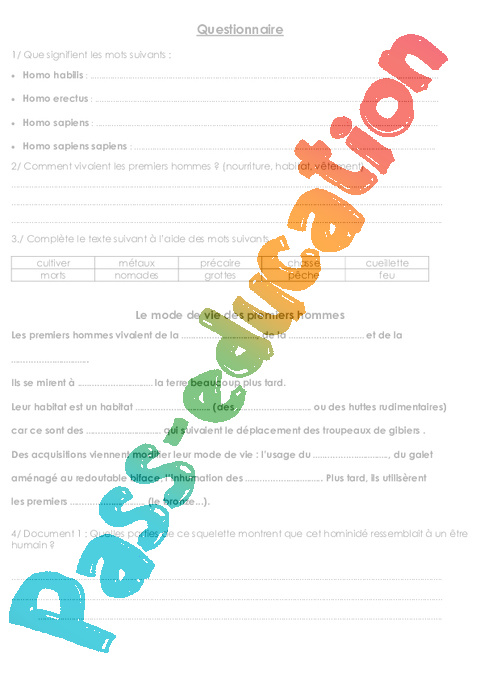 It’s the opposite of escapism. To use the phrase Eckhart Tolle uses, it’s about “rising above thought” not “falling below thought.”
It’s the opposite of escapism. To use the phrase Eckhart Tolle uses, it’s about “rising above thought” not “falling below thought.”
Thoughts are as ubiquitous as air. So there’s no point in beating yourself up about the thoughts—you didn’t create them, and they’ll dissipate on their own. Try not to judge or analyze, because—well, they’re not real, and feeding them with mental energy will strengthen them (just as they will emotions). Besides which, what’s the benefit of judging yourself for thinking? Judgment is just another thought (“Ack, I shouldn’t let my thoughts control me so much!”), and one that causes pain.
Just be aware: “Oh, here’s a thought visiting.”
Don’t Believe Your Thoughts
There’s a phrase among meditation teachers (I first heard it from Tara Brach): “Don’t believe your thoughts. Don’t believe your thoughts. Don’t believe your thoughts.”
The vast majority of the time, negative or painful emotions arise when I’m believing my thoughts (“I really messed that up. ” “She’s ignoring me.” “I should be more compassionate.”). And often, those thoughts are that something should be different than it is. Except, it’s not. It doesn’t matter what we think should be; arguing with reality is a path to pain.
” “She’s ignoring me.” “I should be more compassionate.”). And often, those thoughts are that something should be different than it is. Except, it’s not. It doesn’t matter what we think should be; arguing with reality is a path to pain.
We get into trouble—emotional turmoil—when we identify with our thoughts, when we believe they are the truth. Thoughts are just stories. They’re stories about what’s happened in the past or what might happen in the future, or they’re interpretations (stories) about a situation we’re in. What they aren’t is presence, that is, the facts and sensations of this very moment.
Learn to peel the onion, to watch the thinker. Practice giving your mind a break from itself. When you realize that thoughts just happen—and that, like everything, they pass—it becomes easier not to get caught up in their drama. That, in turn, is one of the secrets to inner peace.
Caveat: There are some times when it’s not possible to observe thoughts, when the wave is too big and pulls people underwater, or when traumatic experiences or implicit memories have been triggered. In those situations, I believe it can be helpful to have just enough medication to allow perspective on the pain. The problem is that most psychiatrists or physicians prescribe enough medication to remove the pain significantly, and the person goes, “Oh, there’s no problem! What was I thinking? I must be mentally ill.” Pain is a prompt from the psyche. It is, as Dr. James Gordon wrote in Mindful magazine, an invitation to a journey, not a dead end. By putting one’s identity in the bucket of “mentally ill,” there’s no room for movement, no room for growth, change or awakening.
In those situations, I believe it can be helpful to have just enough medication to allow perspective on the pain. The problem is that most psychiatrists or physicians prescribe enough medication to remove the pain significantly, and the person goes, “Oh, there’s no problem! What was I thinking? I must be mentally ill.” Pain is a prompt from the psyche. It is, as Dr. James Gordon wrote in Mindful magazine, an invitation to a journey, not a dead end. By putting one’s identity in the bucket of “mentally ill,” there’s no room for movement, no room for growth, change or awakening.
This post contains affiliate links. If you purchase an item after clicking the link, I may earn a small commission.
You Have Two Minds—Here's How to Use Them
Written ByMark Manson
Filed Under Decision Making Focus Motivation
Listen to this article
00:0000:00
Close your eyes. Wait, don’t close them yet. Finish reading this paragraph, then close them. OK, close your eyes and try to think about nothing for 30 seconds.
OK, close your eyes and try to think about nothing for 30 seconds.
Ready? Go.
(Waiting…)
Wasn’t easy, was it? Chances are that various thoughts and images kept popping into your head.
Now, I want you to try the same exercise again, except this time I want you to pay attention to which specific thoughts and images pop up. Try to keep track of them. Notice them, note what they are, and then let them go. See if you can do that for a minute.
Ready? Go.
(Waiting…)
What were they? Maybe that fight you had with your brother the other day. Or the assignment that’s due tomorrow, but you’re reading this instead. Or maybe a movie you saw recently, or some sort of fantasy.
Chances are you were able to notice them for a little while, but then you quickly find yourself getting sucked into thinking about them involuntarily.
If you’ve ever meditated, even a little bit, you’re familiar with the experience you just had.
You closed your eyes and tried to shut your mind up, even if for 30 seconds, and despite your best efforts the spigot of thought vomit just kept pouring out.
If you’ve ever attended meditation retreats or been involved in some movement such as Zen like I was for a while, they talk a lot about this “mind chatter” that you suffered through.
And the thing is, that “mind chatter” never stops. It’s always going on in your daily life.
A lot of these eastern philosophies aim to “quiet” that chatterbox of a mind that we have, and I suppose it’s useful to put a little damper on it.
But I’ve actually found practicing these sorts of techniques has another benefit, a benefit psychologists are just catching on to and starting to write about here in the West.
That benefit is what I call the “Two Minds.”
Table of Contents
- Your Two Minds
- The Errant Thinking Mind
- One With Your Emotions
- Act Despite Yourself
- Useful Exercises
- No Longer a Slave
When you close your eyes and try to eliminate any thoughts (and fail miserably like the rest of us), obviously your mind is thinking.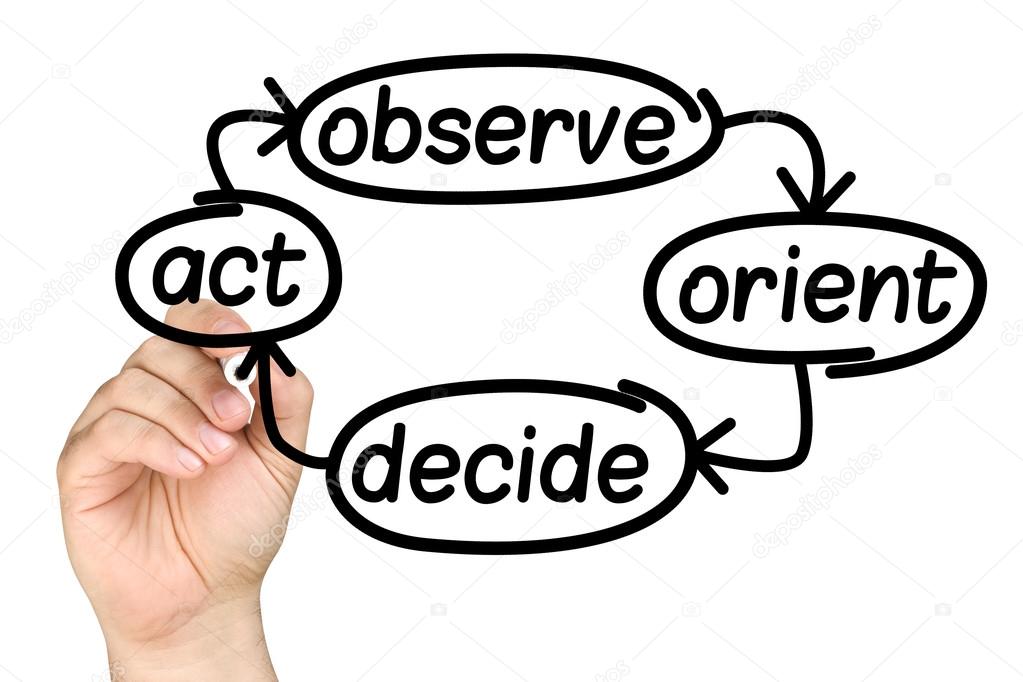
Whoa…
When you did the exercise and your mind kept wandering back to what you had to do at work tomorrow, who was it that was watching your mind worry about work tomorrow?
It was your mind watching your mind.
In Zen they refer to this as the “Thinking Mind” and the “Observing Mind.” The two minds.
It’s been a common concept in Buddhism for centuries, and new western therapies such as Acceptance-Commitment Therapy (ACT), are catching on to how useful it is and how it can solve a lot of our every day emotional problems.
I’ll break down the Two Minds further and then show how they can be applied to solving many of the emotional problems we deal with in our everyday lives.
88 people had breakthroughs last week. This week, will one of them be you?
Join millions of readers and subscribe to The Breakthrough newsletter. Enter your email below to receive new ideas and exercises that could change your life each week.
No spam or unexpected emails.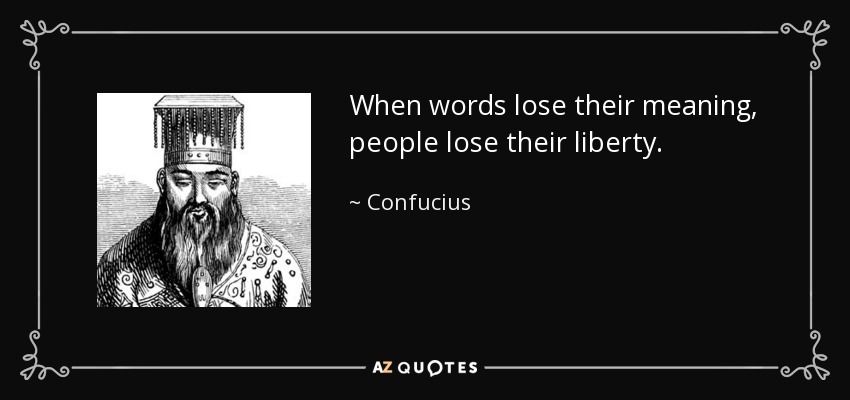 Ever.
Ever.
Don’t believe me? I’ll prove it.
Whatever you do, do NOT think about a pink elephant. Don’t think about a pink elephant holding a blue umbrella with his trunk. Don’t think about a pink elephant at all while reading the next two paragraphs.
OK, not only did you picture a big pink elephant with a blue umbrella, but you were watching yourself think about a pink elephant while you were reading the past two paragraphs.
Your Observing Mind was watching your Thinking Mind indulge in pink elephants repeatedly, despite the fact that it was telling your Thinking Mind NOT to indulge in said elephants.
The Thinking Mind is always chattering away while you’re waiting in line, while you’re in bed trying to sleep, when you “tune out” of conversations with people, or when your mind wanders while reading (which I’m sure will happen at least once with me… asshole).
Our Thinking Mind is like a horny dog on a leash that keeps running after things and if we aren’t used to using our Observing Mind, then our Thinking Mind drags us along with it.
If our Thinking Mind starts obsessing about reaching level 30 in Diablo or the last episode of Mad Men, our Observing Mind is helpless to reign it in.
The same goes for emotions. And that’s actually where most of our suffering comes from—not from the negative emotions themselves, but from the fact that we’re helpless from getting sucked into the negative emotions.
Most of our psychological and emotional stress happens because our Thinking Mind and Observing Mind are “fused” and we don’t recognize the difference.
People ask me all the time, “How do I stop feeling so jealous?” or “How do I stop feeling so angry?” or “How do I not get nervous in this situation anymore?”
The answer: you don’t. You can’t control your Thinking Mind. Those emotions pop up and will continue to pop up.
In Zen, they advise that instead of saying, “I am angry,” to say, “I feel anger.” Instead of saying, “I am nervous,” say, “I feel nervousness.” Instead of saying, “I am jealous,” you say, “I feel jealousy.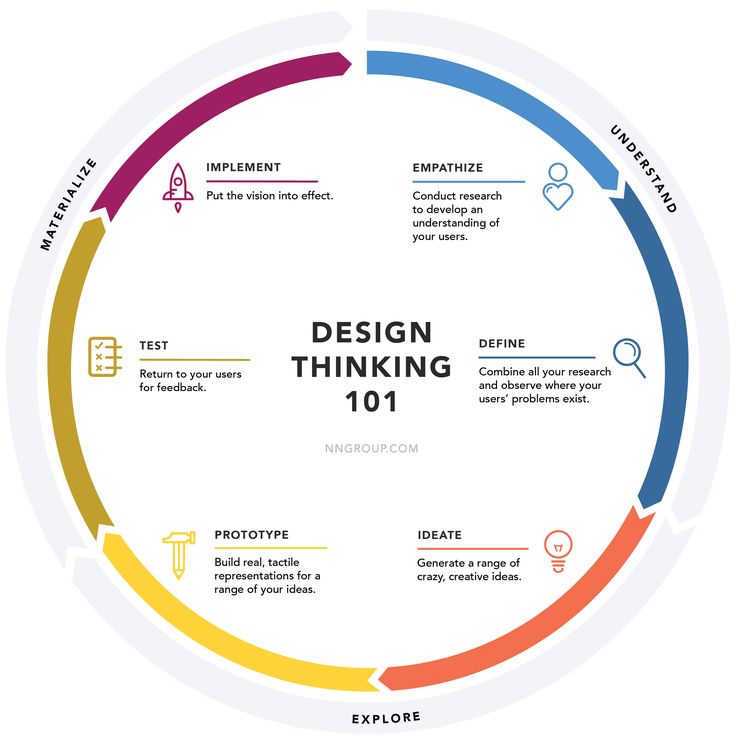 ”
”
It may seem like a subtle difference, but try it. Think of a time recently when you felt a negative emotion, a lot of anger or nervousness or insecurity.
Now, instead of thinking, “I was angry at my brother,” think instead, “I felt anger towards my brother.” You HAD anger, but you weren’t controlled by the anger.
Emotions are not a choice. Behavior is.
People ask me all the time, “How do you deal with being afraid of failure?” or “How do you not worry about being rejected?”
I deal with fear and worry by dealing with fear and worry.
(I know, that’s a really annoying answer.)
I feel the same fear and worry anyone else does, I just don’t identify with it. I accept it and move on despite it.
I don’t let my Thinking Mind control me. I defuse from my emotions. When I feel fear, I consciously choose to act despite it. When I feel worry, I consciously choose to act despite it.
For instance, when I have to sit down and write a lot (like writing this), I often get nervous. I want to write something really great because I know thousands of people are going to read it.
I want to write something really great because I know thousands of people are going to read it.
One result of this nervousness is procrastination.
When I was younger and I was in situations where I got nervous and procrastinated (e.g., a big term paper in school), I would decide, “I can’t do it because I’m too tired,” or “I can’t focus like other people, I must have ADD or something.”
This was me being fused with my Thinking Mind. There was no separation between my emotions and my identity.
I felt nervous and had a thought of “I can’t do it for X, Y or Z reason,” and I accepted it at face value. I was a slave to my Thinking Mind, tugged by its leash.
These days I’m often able to sit down and write 5,000 words or more in a single day. I still feel the same anxiety. I still hear the same thoughts (“I need to eat first,” “I should take a nap,” “I’m not in a writing mood right now.”)
But now, instead of identifying with these thoughts, I acknowledge them:
- “I feel nervous about writing today.
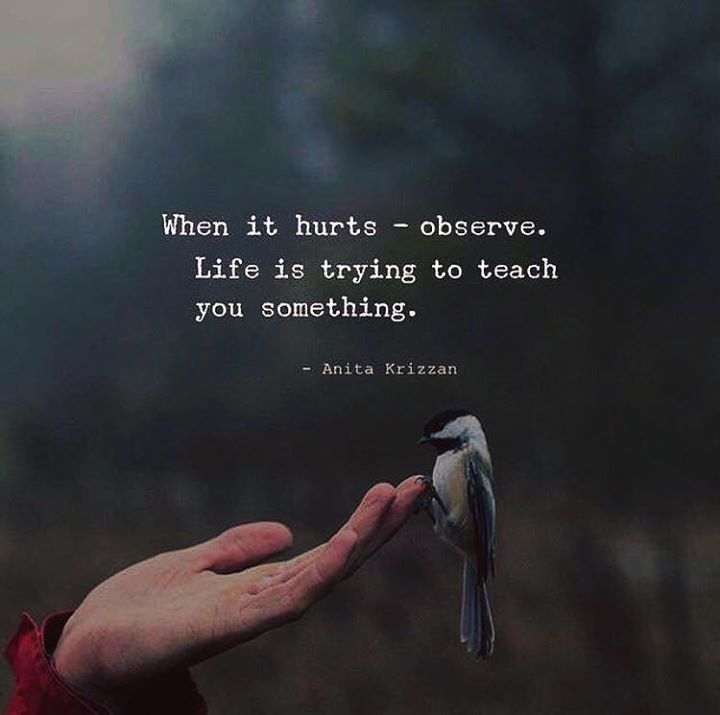 ”
” - “I have the thought that I need to eat first.”
- “I have the thought that I need to take a nap first.”
And then I turn to my Thinking Mind and promptly tell him that he’s full of shit and that I don’t need a damn thing except to sit my ass down and start writing.
We all produce excuses and negative emotions involuntarily.
Guess what? That’s NEVER going to change.
I don’t care how many positive thoughts you conjure, what kind of therapies you do, or what kind of New Agey spiritual crap you come up with—negative thoughts and emotions are natural products of the human brain.
You can’t get away from them. None of us can.
What you CAN do is accept them. Defuse from them. And then act despite them.
When people come to me ask how to “stop feeling angry,” or “stop getting nervous,” this is their problem:
As the Buddhist saying goes: “What you resist will persist.”
Or as Tony Robbins says: “You feel what you focus.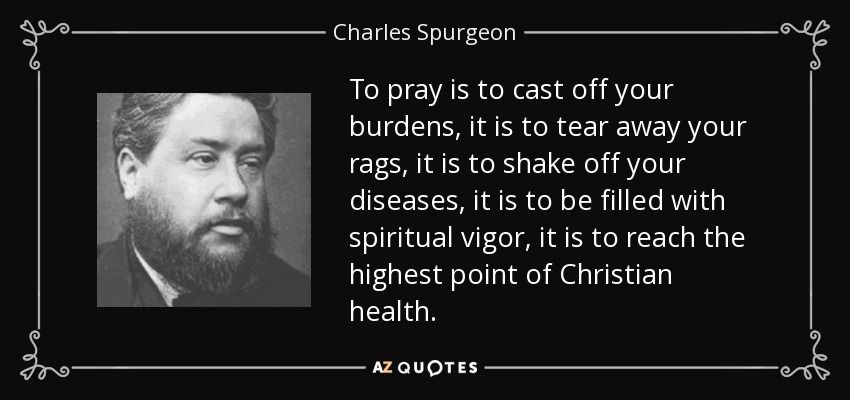 ” The more you focus on an emotion, the more powerful it becomes. Thus, negative emotions are like quicksand, the more you struggle to get out of them, the further into them you sink.
” The more you focus on an emotion, the more powerful it becomes. Thus, negative emotions are like quicksand, the more you struggle to get out of them, the further into them you sink.
The trick is to accept them and then let go. This is a skill and it is a process, but it cannot be practiced until you recognize that there are two minds and you only control one of them.
Here are some exercises you can do that will help you separate your two minds and therefore take more control of your behaviors despite your thoughts and emotions.
Exercise 1
Whenever you feel a strong emotion or thought, disidentify with it and then take possession of it.
- “My boss is not an idiot. But I am having the thought that my boss is an idiot.”
- “I don’t hate my ex-girlfriend. I am feeling hatred toward my ex-girlfriend.”
- “I am not lonely and depressed. I am feeling loneliness and depression.”
Language is very powerful. Disidentifying from these emotions and thoughts in this way does two things: 1) implies that they’re temporary states, and not permanent conditions; and 2) forces you to take responsibility for them.
They’re nobody’s fault, they just are.
Exercise 2
Thank your Thinking Mind for negative thoughts and emotions. This is a technique from ACT and it is effective. It may sound absolutely nuts, but it’s effective because it FORCES you to accept your negative emotions instead of fighting them.
- “Thank you, Thinking Mind, for feeling nervous before my date tonight. It will keep me on my toes!”
- “Thank you, Thinking Mind, for being angry at my boss. I really appreciate how much you care.”
This is going to feel really bizarre—expressing gratitude towards negative emotions. But I think you’ll find that it diminishes the power of the thoughts and emotions over time and actually impels you to take action despite them.
Exercise 3
Finally, if you find yourself in the heat of the moment, or if there’s something that’s really nagging at you, try this out.
Take something that’s bothered you recently and hold it in your mind. Maybe it’s your girlfriend nagging you. Maybe it’s being terrified of talking to that cute girl in class next to you. Maybe it’s quitting your job.
Maybe it’s being terrified of talking to that cute girl in class next to you. Maybe it’s quitting your job.
Distill it into a single sentence, such as, “I feel afraid of quitting my job.” Or “I feel irritated with my girlfriend.”
Now close your eyes and imagine Bugs Bunny saying it, while chewing a carrot. Then Mickey Mouse saying it, while dancing and doing cartwheels. Pretend the Chipmunks are singing it to you in the form of a Christmas carol.
Now, turn it into an image, maybe your angry girlfriend, or your broke ass sitting on the curb. Put that image on a television screen. Make the colors funny, give yourself a polka dotted suit. Make your girlfriend’s hair into a bunch of candy canes.
Make the thought look and sound absolutely ridiculous in your mind. Take your time and play with it. Try to make yourself laugh.
After you’ve done this for a minute or two, stop. How do you feel?
Chances are you feel much better about it and the negative emotion isn’t nearly as potent as it was before.
(End of exercises.)
Separating your Observing Mind from your Thinking Mind is a habit that takes practice. But once you begin to do it, you’ll feel yourself becoming less and less of a slave to your thoughts and your emotions. You’ll take more control of your internal daily life and feel better about it.
In my opinion, this is the single most important step to developing self-discipline and acting despite whatever neuroses or mental hang-ups you may suffer from.
Once you’ve differentiated your two minds, you can begin to evaluate your thoughts and feelings from an objective place and decide which ones are helpful and which ones are hurtful.
And your life will be better for it.
Watching thoughts. How to overcome stress and depression
Observation of thoughts. How to beat stress and depressionWikiReading
How to beat stress and depression
McKay Matthew
Contents
Watching thoughts
White room
During this exercise you will observe the workings of your consciousness, imagining that it is a white room through which thoughts pass. You can perform it in any quiet place, sitting or lying down. Close your eyes and take a few deep breaths. Breathe slowly and evenly throughout the exercise.
You can perform it in any quiet place, sitting or lying down. Close your eyes and take a few deep breaths. Breathe slowly and evenly throughout the exercise.
Imagine that you are in a medium-sized white room with two doors. Thoughts enter through one door and leave through another. As soon as a thought appears, concentrate on it and try to categorize evaluative or non-evaluative .
Consider each thought carefully, with curiosity and compassion, until it is gone. Don't try to analyze it, just note if it's evaluative or not. Don't challenge it, don't try to believe or disbelieve in it. Just be aware that this is a thought, a brief moment of your brain activity, an occasional visitor to your white room.
Beware of thoughts that you have categorized as evaluative. They will try to take possession of you, to force you to accept the assessment. The point of this exercise is to notice how “sticky” judgmental thoughts are—how they get stuck in your mind and how difficult it is to get rid of them. You will determine that a thought is painful and judgmental by how long it stays in the white room, or by whether you begin to feel any emotion about it.
You will determine that a thought is painful and judgmental by how long it stays in the white room, or by whether you begin to feel any emotion about it.
Try to constantly maintain even breathing, keep a clear image of the room and doors, watch thoughts and classify them. Remember that a thought is just a thought. You are much bigger than her. You are the one who creates the white room through which thoughts are allowed to pass. You have a million of them, they leave, but you still remain. Thought does not require any action from you. A thought does not oblige you to believe in it. Thought is not you.
Just watch them walk through the white room. Let them live their short life and tell yourself that they have a right to exist, even estimated ones.
Just acknowledge your thoughts, let them go when the time comes, and get ready to meet new ones one by one.
Continue with this exercise until you feel that you have truly distanced yourself from your thoughts.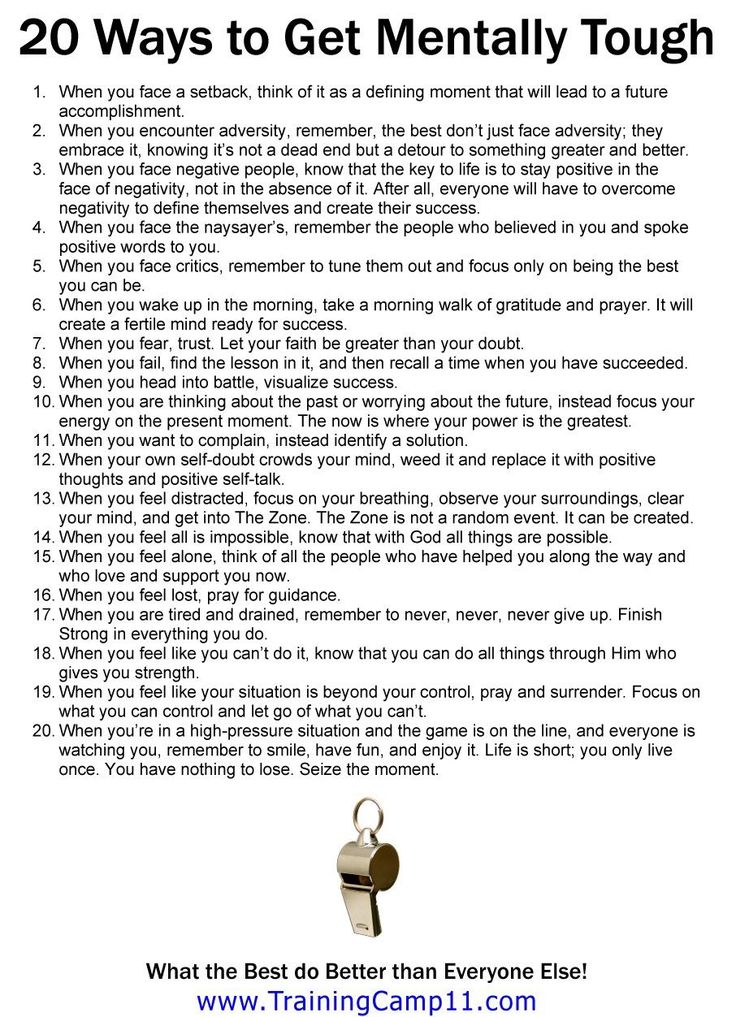 Do it until even evaluative thoughts begin to pass through the room without lingering.
Do it until even evaluative thoughts begin to pass through the room without lingering.
Talking with your thoughts
Conversation with your thoughts You woke up in the morning with a headache. Paying attention to your thoughts for a moment, you would understand that resentment is sitting in you, that the child does not appreciate me. It's fear that they don't like me. Release anger with conversation. Dear anger, the child does not love me, I forgive you
Talking with your thoughts
Conversation with your thoughts If you have discovered the wisdom of talking with yourself, then you will no longer say that you do not have time for this. Every free moment will be used to rediscover the world, contemplate it and admire it. You will learn to be
Sharing our thoughts
Sharing our thoughts If nature wanted us to talk more than listen, she should have given us two mouths and one ear.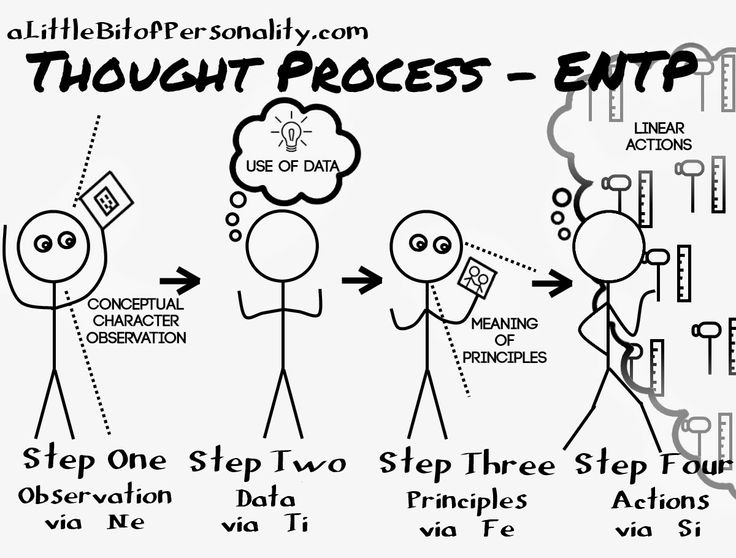 author unknown Being in the majority, extroverts generally influence the cultural views of introverts. Ease in verbal communication,
author unknown Being in the majority, extroverts generally influence the cultural views of introverts. Ease in verbal communication,
How to deal with irrational thoughts
How to deal with irrational thoughts The best way to deal with your emotions is to question and analyze the underlying irrational thoughts. Below we give some examples of irrational
SHARE THOUGHTS AND FEELINGS
SHARE THOUGHTS AND FEELINGS When you, in search of mutual understanding, find that spending time together is the way to your child's heart, you don't just do something together, you get to know each other. Do not be surprised, because if you do not spare time for a child, he will appreciate
Argue with your thoughts
Argue with your thoughts Try, when you feel that you are upset, that is, when premonitions roll in: “Everything is lost!”, “I will mix everything up”, “I will fail .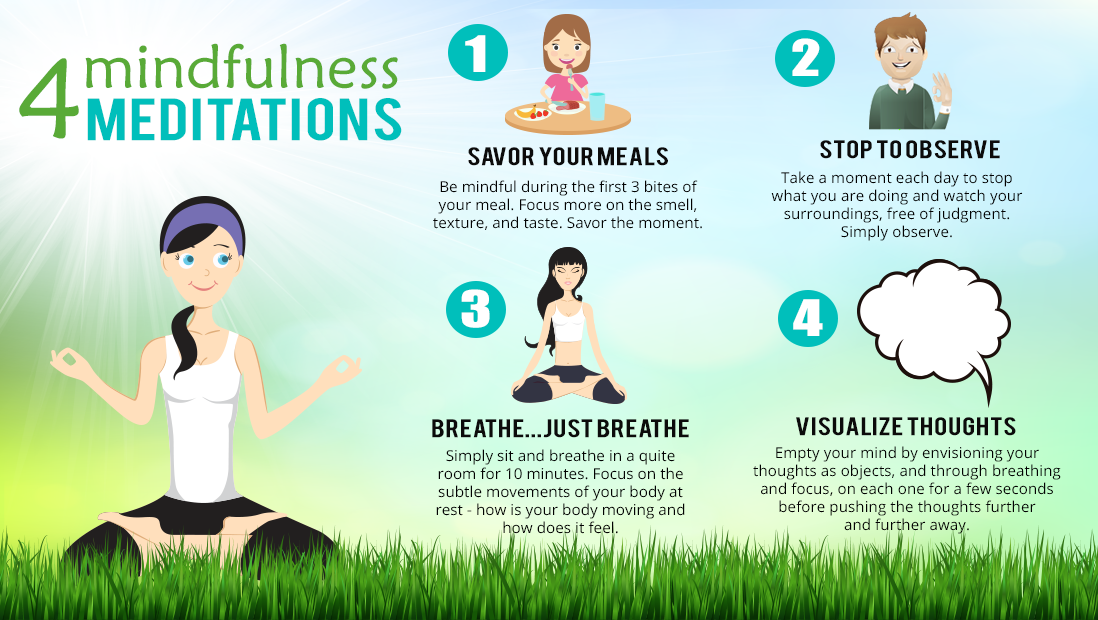 ..” - enter into a discussion with your thoughts. The first, and most important, means of combating harmful
..” - enter into a discussion with your thoughts. The first, and most important, means of combating harmful
Meditate with thoughts of purpose
Meditate with goals in mind Now let's try to combine the meditation exercises I talked about above with the technique of visualizing success. First, reread the goal you wrote down and proceed with the steps of meditation in sequence. But this time
Step 4: Deal with catastrophic thoughts
Step 4: Deal with catastrophic thoughts One of the worst anxieties are “what if…” experiences: “What if I get so worried that I can’t drive a car?”, “What if an earthquake happens while I practice exposure to
Sharing our thoughts
Sharing our thoughts If nature wanted us to talk more than listen, she should have given us two mouths and one ear.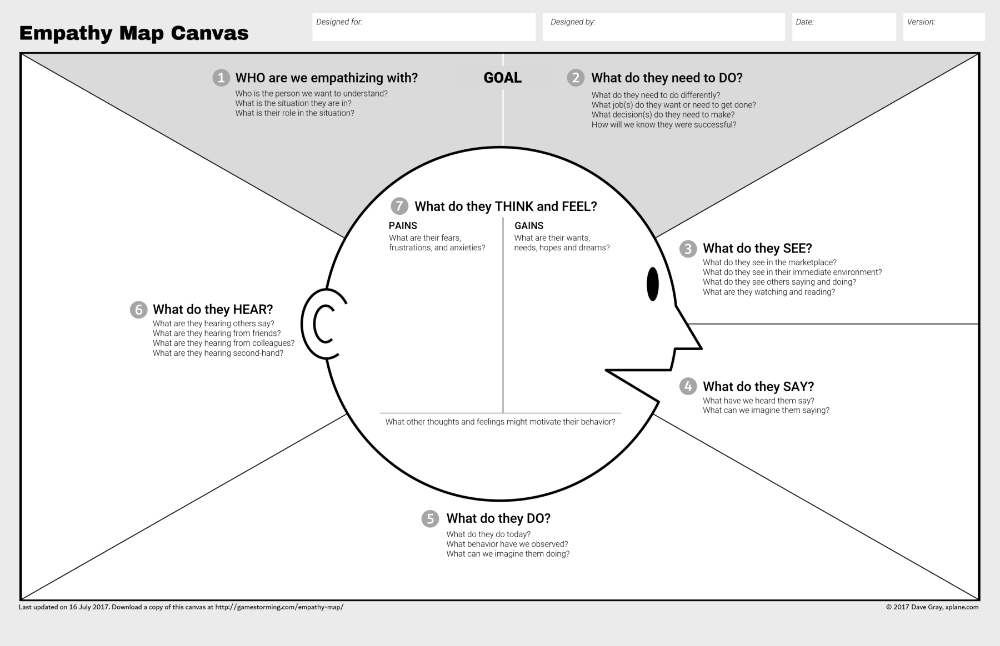 author unknown Being in the majority, extroverts generally influence the cultural views of introverts. Ease in verbal communication,
author unknown Being in the majority, extroverts generally influence the cultural views of introverts. Ease in verbal communication,
Chapter 7 Watching Thoughts
Chapter 7 Thought Watching Let's move on to a more complex topic. As we have said, thinking begins with observation. And since we want to change ourselves, we should learn to observe ourselves. More precisely, watch your thoughts. Because we are what our 9 are0003
Alternative: observing thoughts and distancing from them
Alternative: Watching Thoughts and Distancing from Them The notion that thoughts can take control of your world and narrow down your actions is not a recent invention. If you say, "Every time I move my arm, it hurts," then the answer is
How problems are related to thoughts
How problems are related to thoughts There is a direct connection between evaluating life as bad, wrong, worse, and an obsessive need to think. The mind loves problems. It activates and starts looking for a solution. And if you keep judging the circumstances like
The mind loves problems. It activates and starts looking for a solution. And if you keep judging the circumstances like
Alone with my thoughts
Alone with your thoughts If you have discovered the wisdom of talking with yourself, then you will no longer say that you do not have time for this. Every free moment will be used to rediscover the world, contemplate it and admire it. You will learn to be
About healing with thoughts
About healing thoughts Holiness is freedom. If the domed diaphragm moves up and down quietly, like the sky, like the atmosphere, like the air entering the body, and from there back into the atmosphere, then the person is healthy. Air inspires the body. If the air is clean, then
Thought control
Thought control In an effort to increase your mental control, due attention should be paid to learning how to slow down the chaotic stream of thoughts bubbling in your mind.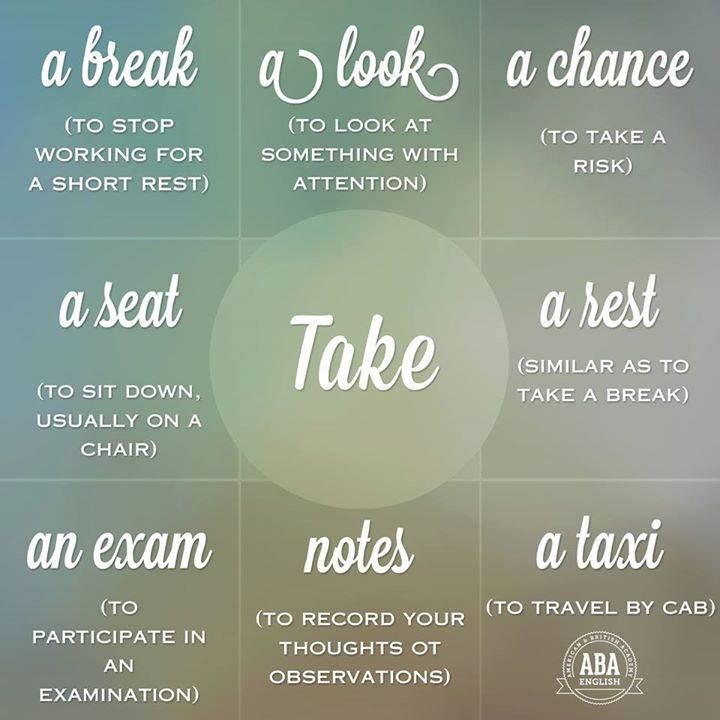 Our conscious mind isn't really that conscious - it flutters with
Our conscious mind isn't really that conscious - it flutters with
Meditation "Observation of thoughts" - Dmitry Petukhov Center for Advanced Psychotechnologies
Do you ever get carried away by your own thoughts? Some problem, future event or past resentment haunts you. You have already decided everything, taken possible measures, resigned yourself to inevitable losses, etc., but thoughts about a disturbing event do not leave you. They come to mind again and again and you just can't get rid of them.
I think you are familiar with this. And also, you probably know the irritation that you experience when distracting thoughts prevent you from concentrating on an important matter.
Well, if so, then the idea of practicing mental self-control should seem very reasonable and useful to you.
And today I will tell you about one of these practices - thought observation meditation .
The essence of this technique is that you simply try to observe the process of the emergence and disappearance of thoughts that arise in you, without being involved in the process of thinking. That is, you are watching this process as if from the outside.
This method has been used for more than one thousand years in yoga and Buddhism, and in recent decades it has also come into the circle of interests of modern science.
What is the benefit of this practice
Develops a centered position of perception
Most of the problems in behavior and communication are due to the fact that we are "taken over" by some thoughts, feelings or desires. That is, some negative subconscious programs are turned on and as a result, we can, for example, say something to a loved one or boss that we will regret later, or spend half a day in empty wanderings on the Internet, instead of having to do an important project, etc.
When we are in a centered, aware position, it is easier for us to notice the activation of such negative programs and not to succumb to them.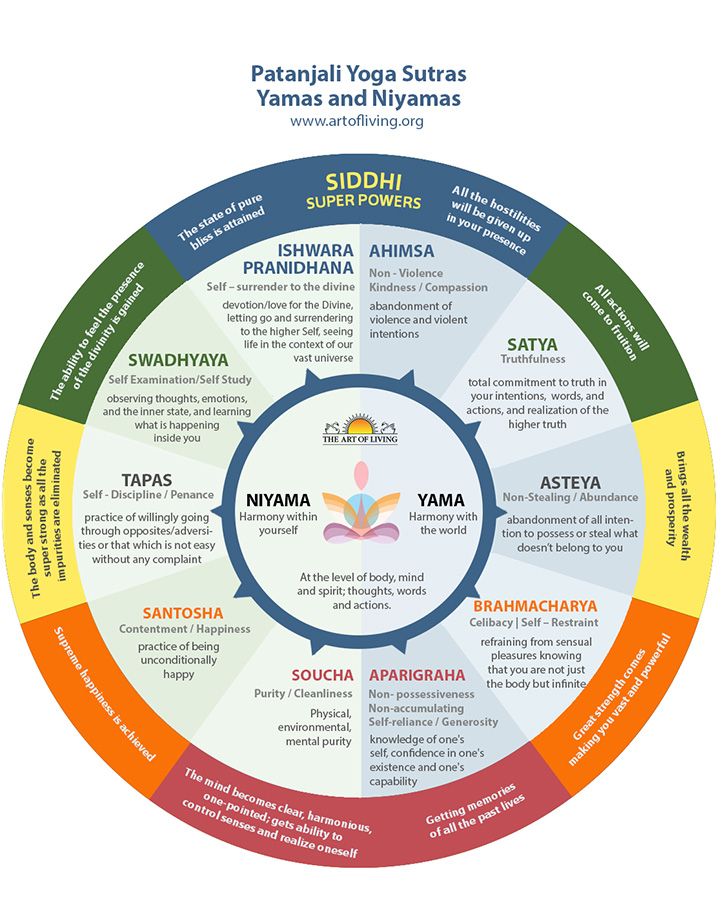
Reduces the influence of negative thoughts
If anxiety is your constant companion, then you know that it is obsessive anxious thoughts that support this unpleasant state. The ability to step back from the flow of thoughts helps to significantly reduce their impact on our emotional state.
You begin to notice what affects you and how
Movies, books, communication - all this does not pass without a trace. The brain, our internal computer, is constantly at work. All the information that enters it is processed and in one way or another affects what thoughts will come to your mind. And on this, in turn, your general state will depend
***
If you have not yet engaged in such practices, then the idea of observing your own thoughts may seem paradoxical to you. How can I watch what I generate?
This is a question about what we identify with. Here in this article I gave the practice of disidentification, which helps to realize, to feel that we can not identify ourselves, our true self, either with the body, or with feelings, or with the mind.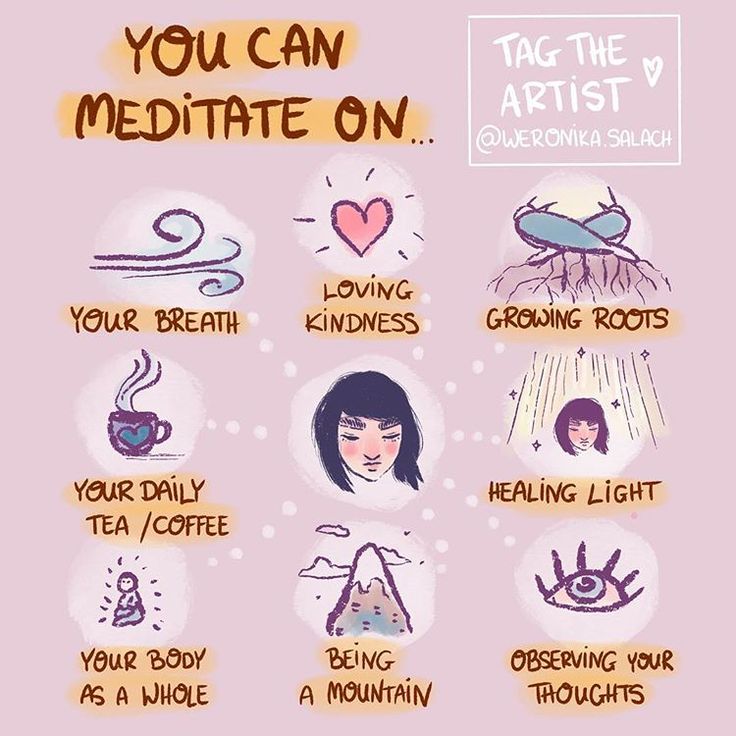 But, that's a different story. Now it is simply important for us to understand that we are not at all obliged to identify ourselves with our thoughts.
But, that's a different story. Now it is simply important for us to understand that we are not at all obliged to identify ourselves with our thoughts.
We say "a thought has occurred to me." We do not say what we have done, created this idea. She herself came. Most of our thoughts are like the background work of our brain, our mind, our unconscious, our internal computer, if you will.
Of course, we can consciously engage in the process of thinking. But, this is exactly what we are trying to avoid in this meditation. We observe the process of spontaneous thinking, those thoughts that “come to our mind”
Observation of thoughts can be attributed to the practice of developing mindfulness, awareness. And as I wrote earlier, this practice can be conditionally divided into formal and non-formal .
Formal - when you specifically set aside time for this, take a meditative posture and completely focus on this task.
Informal when you decide to observe your thoughts in any setting that suits you: at home, while walking, in line, on public transport, at a goofy meeting 🙂, etc.
In any case, the task remains the same - to observe the process of the emergence and dissipation of thoughts, without being involved in their thinking. If you notice that some thought has captivated you, just mentally tell yourself “Stop” and return to the position of the observer.
I recommend starting this meditation in just a few minutes.
I also recommend doing both formal and informal thought-watching meditation.
Formal practice has a clearer structure and several options for implementation.
Here I describe one basic variant that I use myself.
I recommend using a timer so that during the session you don’t get distracted by thinking about whether it’s time to finish or still work out.
Meditation technique
Here is a short list of all the stages of this meditation
Formulate an intention
Assume a pose
Relax, calm down
Go into a conscious state
Begin the practice of observing thoughts
Exit
And now, in more detail.
Formulate intention
It's a good idea to remind yourself at the beginning of the session why you're doing it. This will help keep you motivated. In addition, it is important to decide on the time of the session, set a timer and remind yourself that now you are going to do meditation practice for just ... minutes and during this time you may well put aside your worries about pressing matters
Posture
Traditionally, the main recommendation is a straight back. Not necessarily in the lotus position or cross-legged. Can be used on a chair, sofa or armchair. In this case, it is a good idea to use one or two small pillows spread out so that it is comfortable to sit upright.
Eyes open or closed. If open, you can defocus or look down, at about 45 degrees. Gradually, defocusing itself may occur, at least in the periphery of vision. All this is not particularly important, it is important not to wander with your eyes, not to be distracted by visual stimuli.
Relax, calm down
We begin with the control of the posture, sensations of contact of the body, legs with the surface of the seat, the floor. We gradually relax the muscles that are not involved in maintaining the posture
Go into a conscious state
We begin to observe the breath for several minutes or up to a count of 21. This helps to move into a more conscious, centered state.
You can choose any sensations of the manifestation of breathing (movements of the abdomen, chest, sensations in the nose area) or you can sequentially, first observe the movement of the abdomen-chest for one or two minutes, then go on to observe the sensations in the nose area.
At this stage, if distractions appear (thoughts, sounds, etc.), you realize that you are distracted and calmly return your attention to the observation of the breath.
Begin the practice of observing thoughts
Let's move on to observing thoughts.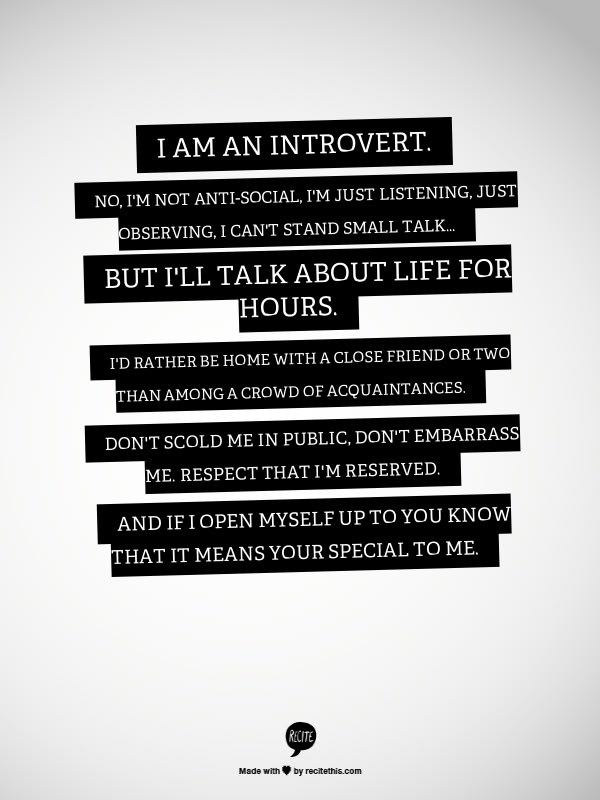 The task is to be aware of the appearance of a thought, but not to get involved in its reflection. Thoughts will come and go, you just watch them come and go. If you are involved, you realize this and again, as it were, step aside (or, as it were, mentally take a step back), become an observer.
The task is to be aware of the appearance of a thought, but not to get involved in its reflection. Thoughts will come and go, you just watch them come and go. If you are involved, you realize this and again, as it were, step aside (or, as it were, mentally take a step back), become an observer.
If you are tired, you can go back to watching your breath.
I like the idea of shifting gears, which I learned from Alan Wallace, a famous meditation teacher.
It is easier to watch the breath than the thoughts. At the same time, it is easier to observe the movement of the abdomen, chest, than the movement of air in the nostrils.
Therefore, you kind of change gears, like in a car. To get started, move off, you turn on the first speed and watch the breath in the abdomen and chest. Having entered into a conscious position, it is easier for you to switch to the second speed and observe the less gross sensations of breathing in the nostrils. This calms and concentrates you even more and you can move to the third speed and start observing thoughts.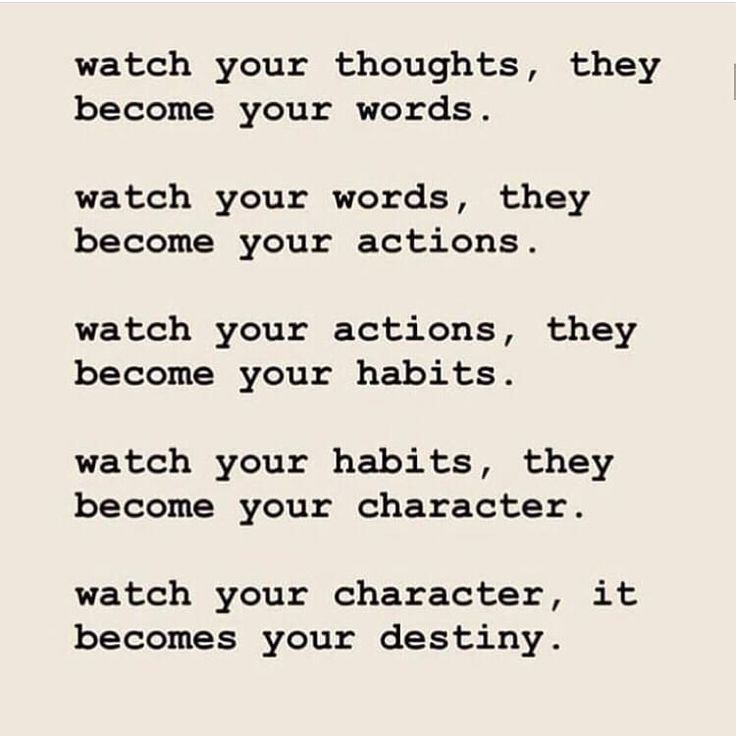
But then you might get a little tired, it's like the road has gone uphill and you have to downshift - you're back watching the breath in the nostrils. If this seems difficult, you go down to an even simpler level - watching the movement of the abdomen and chest. Having stabilized at this level, you will be able to move again towards more complex tasks.
And in this way you can kind of switch from one level of difficulty to another during the allotted time for the lesson.
Exit
In the Buddhist tradition, it is customary to end meditation with a "dedication of merit", i.e. like a dedication of the work that you have invested and the results of self-development that you have achieved for the benefit of liberation, enlightenment of all living beings (this, of course, is a very simplified definition). But, I am not a specialist and not a teacher of Buddhism and I teach only the secular version of meditation, i.e. considering them only as psychotechniques. Therefore, we will talk about the term “exit” that is familiar to trance techniques
Therefore, we will talk about the term “exit” that is familiar to trance techniques
In this practice, you are unlikely to go into a deep trance, so there is no particular technical need for a special exit, but I think that just jumping on the first timer call is not a good idea. It seems to me that it is important how we complete any practice. With what thoughts, with what emotions and intentions.
If you find it difficult to study regularly, then it is important to praise and congratulate yourself on the successful implementation of your plan. You have planned, you have practiced, and now even your own praise and satisfaction will serve as positive reinforcement, which will help you quickly form the habit of meditating regularly.
If you are often distracted during the day, end your meditation session by wishing yourself to remain mindful and focused on what is important
***
I hope you have an interest in this technique and a desire to practice it and I will be glad to receive your comments and answer questions.

